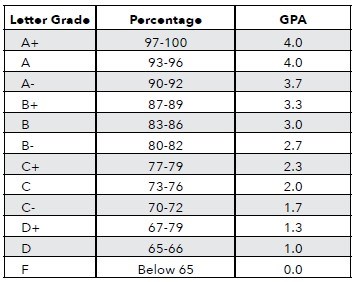RFC Friend: "So...how are the rivers doing?"
RFC Staff internal monologue: Well… snowpack is decent, but soil moisture is low. I heard it’s supposed to be another hot, dry summer, but we had some good winter storms… of course there’s all that wind that came through in April and May…Our water quality is good, but low reservoirs likely mean heavy transmountain diversions…
RFC Response: "Well, overall, they're doing ok. But we have some concerns."
Often, RFC staff is left to internally debate at what level of detail to answer, “How are the rivers doing?” the same way one might casually answer “fine” when asked, “How’s it going?” at the grocery store, regardless of how it’s actually “going.” The truth is, both questions are equally loaded with details and the many factors and influences that make up the deeper answer are not always things people want, or have the time, to casually discuss. So, in an effort to save you 20 minutes when you see us at the grocery store, we decided to think about, “How are the river’s doing?” in a context many of us interact with regularly at this time of year: a report card. We’ve broken down the watershed’s “course load” into simplified components that contribute the bigger picture of how this water year is measuring up. If you recall, the “water year” begins October 1, so our evaluations will be basically a midterm - halfway through the water year, beginning runoff season (May) - and then final grade for the water year (end of September).
We acknowledge there are factors that impact local rivers that are not taken into consideration here including reservoir management, increased development, and diversions (transmountain and local). Here, for the sake of simplicity, we are looking only at climatological factors.
Roaring Fork Watershed Midterm Report Card Issued May 12, 2022
